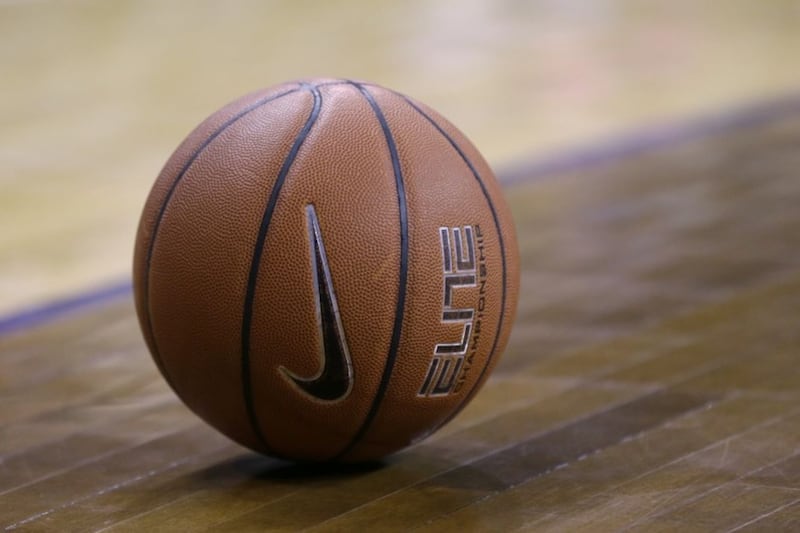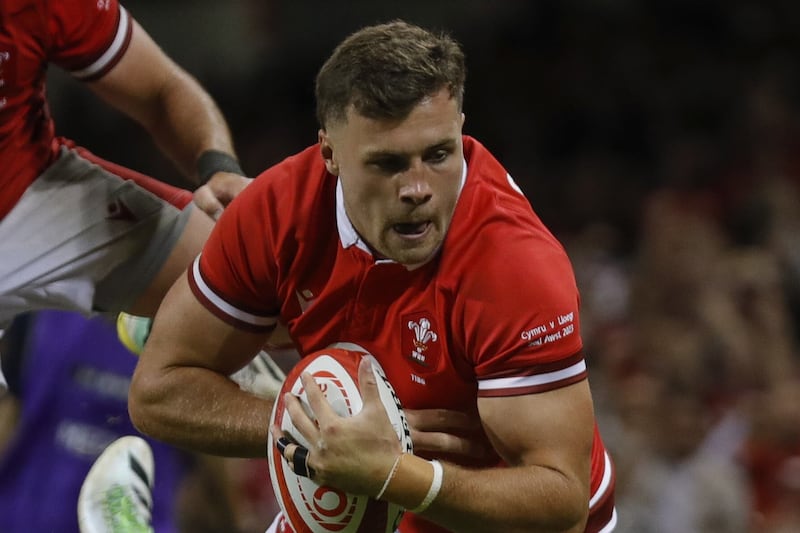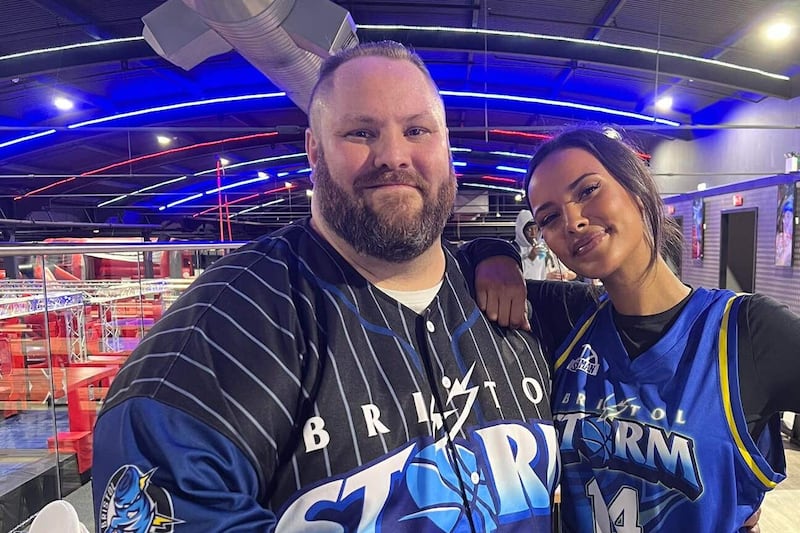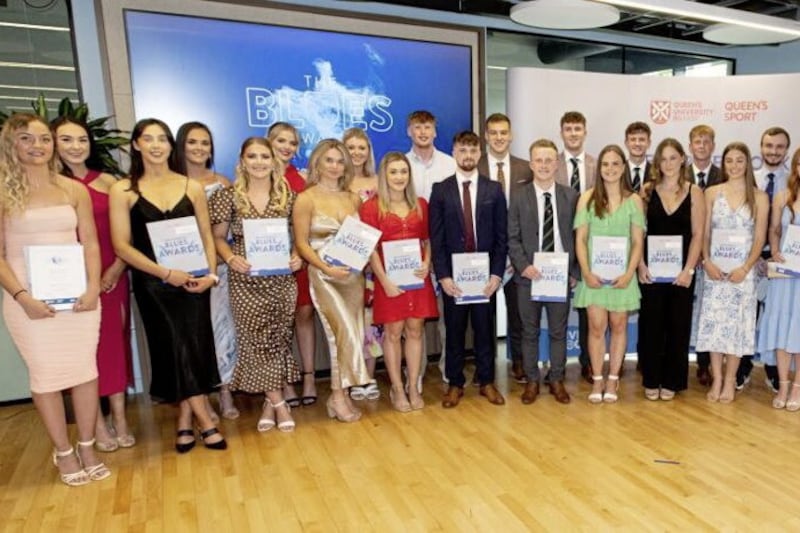BIG men tell tall tales. “I think we’ve a bit of a story,” said Éamon Brennan when I met him, his brother Michael and their team-mate Alan Moneypenny recently.
The Belfast Celtics story began in 1960 when Éamon and some other past pupils from the All-Ireland-winning teams at St Malachy’s College, Belfast got together and decided to form a club of their own. Éamon had been a founder member of St Agnes’ GAC in west Belfast too, but was suspended by the GAA over his part in what he described as “a bit of a shemozzle”. So he transferred his talents to basketball with impressive results.
“We had a very good team at St Malachy’s, we won a few All-Irelands and then we thought of forming the Belfast Celtics,” he said.
“Myself and two or three other guys on the team started it. We had Noel Boyle and his brother Charlie [Cathal] who was centrefield for Antrim. The press called him ‘Hands’ Boyle because he had great hands – he could catch anything and kick nothing.
“We started to play competitively and then we realised we weren’t good enough to win an All-Ireland so we recruited some good players – such as the dreaded Alan Moneypenny.”
Standing a shade over 6’4” Moneypenny was a full Ireland international while still a schoolboy and he was lured across the city from the Annadale club in 1961.
“By the time I came along quite a lot of players had been recruited,” Alan recalled.
“Michael was playing, Michael Gilroy and Gus Hannigan had been recruited and every one of these guys were Irish internationals. At one stage we had eight Celtics players on the Ireland team.
“We were the biggest team in the land by some distance and we were the most successful – we won the All-Ireland club championship four years in-a-row which meant we automatically qualified for Europe.”
Among the other recruits were Jim McKeever (captain of the Derry side that reached the 1958 All-Ireland final), Art McCrory (former Tyrone manager) and Séamus McKinney (British triathlon champion). The Celtics had players, but no kit. Luckily the late Noel Boyle wasn’t backward about coming forward and asked then all-conquering Boston Celtics – NBA champions nine times in the 1960s – for help.
Michael explained: “Noel wrote to Boston Celtics and asked if they would send us one of their team uniforms. They sent us the whole rig-out and never charged us a penny for it.”
Encouraged by that success, Boyle’s next coup was an audacious plan to get the US Airforce to supply some players (more about that later) but the home grown ‘ballers’ already there were a talented, tight-knit group who wanted to win and have fun.
“We had a management structure that was practically unheard of,” said Alan.
“We had a team manager – Frank Harrington – a team doctor and support from De La Salle on the Glenn Road. We were well ahead of our time. I was the youngest and for a while I was the only Protestant on the team – it shows you how far we have gone back because nobody thought anything of that.
“It was a good club with a good spirit – if a bit of scrap started, and there were plenty of them, everybody was in.”
The fledgling club slam-dunked their way through Ulster, beat Leinster champions Costume, Athlone (an Army team based at Costume Barracks) in the All-Ireland final and qualified for Europe.
Success had come easily, but their first taste of the big-time didn’t go so well against the French champions. In front of a full house in the small hall at the King’s Hall complex they came in a distant second – the Celtics had been thrown in at the deep end and struggled to keep their heads above water.
“We got annihilated,” Michael admitted.
“They cleaned us, but it was our first venture into Europe and we didn’t know how good these guys were or how quick they were. We were training four nights a week and playing a match on the fifth night and I was playing two Gaelic matches at the weekend.
“I could have run for miles, but these guys were lightning and they were bigger than us – they were nearer seven feet than they were six feet.”
The Celtics returned a little wiser and retained their All-Ireland crown the following season. After the chastening experience against the French the year before, Boyle decided to get in some new blood and Michael explained how an extraordinary deal was done.
“There was a match on the TV with the US Airforce playing and Noel got on the phone to the commanding officer of the camp at Croughton in England and asked could we have three guys to play for us in the European Cup,” he said.
“The commanding officer says ‘certainly’.”
Moneypenny was still a teenager, but he was dispatched along with Boyle across the Irish Sea on a scouting mission.
“The commanding officer was a guy called Colonel Peebles and he couldn’t believe what he was hearing, so he said ‘you guys come across and talk to us’,” explained Alan.
“I was designated to go across with Noel who had set up a priest on the other side to drive us from Coventry to this camp. He was the worst driver I have ever experienced – I remember he drove down a one-way street on the footpath – but we got there and met the Colonel and he wheeled out three players.
“One of them was an absolute gem. Before he went into the Airforce he had been an ‘Honourable mention All-American’, which meant he was one of the very best college players in America. He played for Kansas State and he was a point guard, one of the other guys was a ball handler and the other was a centre and they were positions we needed to reinforce if we were going to do anything against Real Madrid.”
With their three new recruits – Warren Brown, Dick ‘Coop’ Cooper and 6’7” Bill Brown – kitted out green and white the Celtics met Real Madrid on October 29, 1963 and managed to coincide the game with Spain playing Northern Ireland at Windsor Park.
THEY had a full house of 8,500 in the King’s Hall – still the biggest crowd ever to watch an indoor basketball game in Ireland. Early Spanish raids threw them on the back foot but, with McKeever outstanding, the Celtics fought back.
Brown top-scored with 35 points, Michael Brennan scored nine and Moneypenny bagged seven and at one stage it looked like the underdogs might claim a famous scalp.
In the end, Spanish international Emmanuel Rodriquez made sure there was no fairytale, but Real coach Joachim Hernandez was impressed.
“They’re a much better team than we expected and our boys had to produce their best stuff to win,” he told The Irish News after the game.
Real skipper Sevilliano commented on the King’s Hall atmosphere: “They actually cheered when their team was losing – in Spain when we’re behind all we get is loud boos and hissing.”
They had a team, they had support but sadly what should have marked the end of the beginning for the club, turned out to be the beginning of the end and while the memory of that night lives on the Celtics never came close to repeating it.
They lost the away leg 107-46 but, despite retaining their All-Ireland title in 1964 they opted out of European competition the following year and by 1966 Moneypenny had returned to Annadale.
The Celtics had lost their way. Éamon said: “We were the drive and determination to keep basketball going. We were the whole cheese, maggots and all, and as soon as we stepped down fellas came in who wanted to run it differently and we said ‘fair enough’.”
A lack of facilities in west Belfast meant they had used Palace Army Barracks in Hollywood for training, but the beginning of the Troubles rendered that out of the question.
Alan explained: “Some of the guys went to St Gall’s and played. It’s a shame, we covered a lot of ground and we were a good team, a good bunch of athletes.
“The boys worked out that it wasn’t going anywhere, there was nowhere to go, the Troubles had kicked in and there would have been a perception that the Celtics were a west Belfast team. You couldn’t get games and travel had become difficult – basketball closed down for six or seven years.”
Michael added: “We could never have asked Collegians in the middle of the Troubles to come and play in the Holy Child School, or Belfast Dodgers to the Andersonstown Leisure Centre.”
And so – like the Belfast Celtic football club – a bright light went out. Since the Celtics’ demise, Belfast Star has carried the banner for Ulster basketball and were Irish Premier League champions in 1998 and 1999.
“The club was extremely successful. I don’t think that success has been replicated since,” said Alan.
“The people who played on the team basically all became high-achievers in different directions. There would be people involved in Star who I would have played against who have made the natural step from player to official. We never had that.
“The game is getting exposure again and it will be back up there again because it is being played in every leisure centre in the land. Look at the club we could have had and the team we could have had if Maysfield had been there,” said Michael with a shake of his head.
Still, the Celtics made the best of what they had and they enjoyed their time as kings of Belfast, Ulster and Ireland. Like Éamon said: they’ve a bit of a story to
tell.








